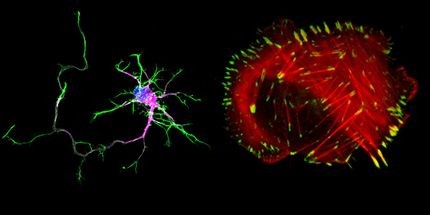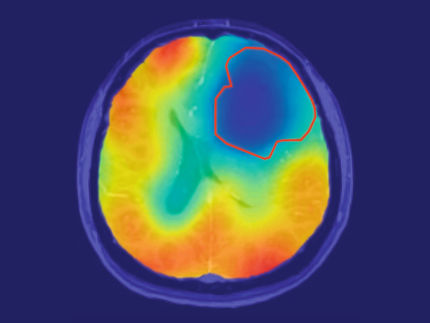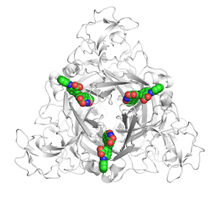New research may lead to improved diagnosis of autism
Advertisement
Functional magnetic resonance imaging (fMRI) may provide an early and objective indicator of autism, according to researchers at Columbia University in New York City, who used the technique to document language impairment in autistic children. Results of their study appear in Radiology.
"With the extraordinarily high prevalence of autism, you would think there would be an objective diagnosis for the disorder," said Joy Hirsch, Ph.D., a professor at Columbia University Medical Center and director of the Functional MRI Laboratory. "However, the diagnosis of autism currently remains limited to parent and clinician observation of missed developmental milestones."
In the study, researchers performed fMRI exams on 15 control children (mean age: 12.1) and 12 language-impaired and age-matched autistic children (mean age: 12.4). Using fMRI, the researchers were able to measure neural activity in working brain tissues, while the children listened to recordings of their parents talking to them.
Activation levels during passive stimulation were measured within two regions of the brain: the primary auditory cortex (A1) and superior temporal gyrus (STG), a region associated with sentence comprehension. Brain activation maps for each patient were then computed using statistical linear modeling.
Activity in the A1 region of the brain did not differ between autistic and control patients. However, activation within the STG was greater for control children relative to autistic patients.
"These findings first tell us that the autistic children in our study appeared normal with respect to the primary auditory system," Dr. Hirsch said. "But it appears that the STG in the autistic brains was not as sensitive to the language narratives as was the STG in the brains of the typical children."
An additional 27 autistic children undergoing routine MRI exams with sedation were also included in the study. Using a similar analysis of sedation-adjusted values from the control group, the researchers identified 26 of 27 (96 percent) sedated autistic patients with autism.
"This study suggests that fMRI acquired during listening to a language narrative can be used to distinguish children with autism from those without," Dr. Hirsch said. "Based on these initial findings, future studies using these or similar fMRI methods may result in an early and objective imaging indicator for autism."
Some children with autism spectrum disorders can benefit from intensive behavior therapy, but early intervention is key.
"The need for an early, objective diagnosis is enormous," Dr. Hirsch said.
Original publication
"Speech Stimulation during Functional MR Imaging as a Potential Indicator of Autism."; Radiology 2011.

















































